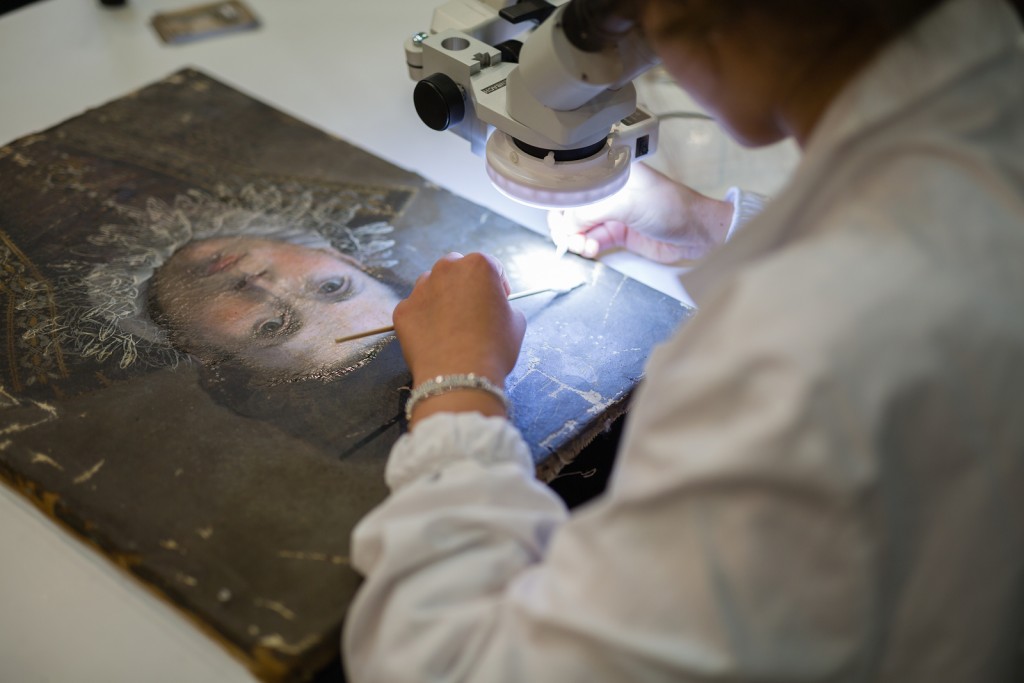Professional Art Restoration, or How Not to Damage a Painting

We are sure that everyone remembers that moment from the movie when Mr. Bean sneezed on a priceless painting and after that scampered about trying to fix what he had done. If you do not want to be in his shoes and run into trouble, then you should know how art restoration works and why it is so essential to entrust this process to professionals.
Art restoration
Conservation and restoration of art always go toe-to-toe. First, you try to store pieces in the enabling environment, controlling temperature regime and preventing sunlight from getting to the surface. Then, you either succeed or get some problems with the appearance of your artwork. It is the time when art restoration takes to the stage.
No matter what kind of damage it is, the main responsibility of the art restorers lies in the cleaning, removing dirt, repainting, rebuilding, and even replacing elements of the art object. Not only can paintings and sculptures be the subject of restoration efforts but also old furniture, antiques, and artifacts. Restoration of antiques holds a special place in the world of restoration as it requires the remarkable tenacity to work with highly valuable items.
To give it a shot or hire a master?
When deciding what to choose, you should take into account one essential thing – the price of the object to be restored. There are dedicated professional appraisal services that help people estimate the cultural value and price of the artwork. Knowing the exact cost helps make the right choice. And then the main question pops up, what to do next? Let’s see where two different roads will lead us.
The desire to try your hands in the restoration is totally justified, but never even try to do it with something expensive, or you will lose both money and the artwork. The process of art restoration is complex and includes many considerable steps before achieving desirable results. Therefore, if you still, for some reason, want to do it yourself, find an experienced restorer who can be a guide for you and give useful advice regarding restoration.
In case you are dealing with expensive antiques or a highly valuable piece of art, then the only way is paying professionals and letting them perform the task in the best possible way. They have enough expertise to find the safest way to restore almost any artwork. In other words, do not be penny-wise and pound-foolish with priceless art, or you risk losing it forever!

